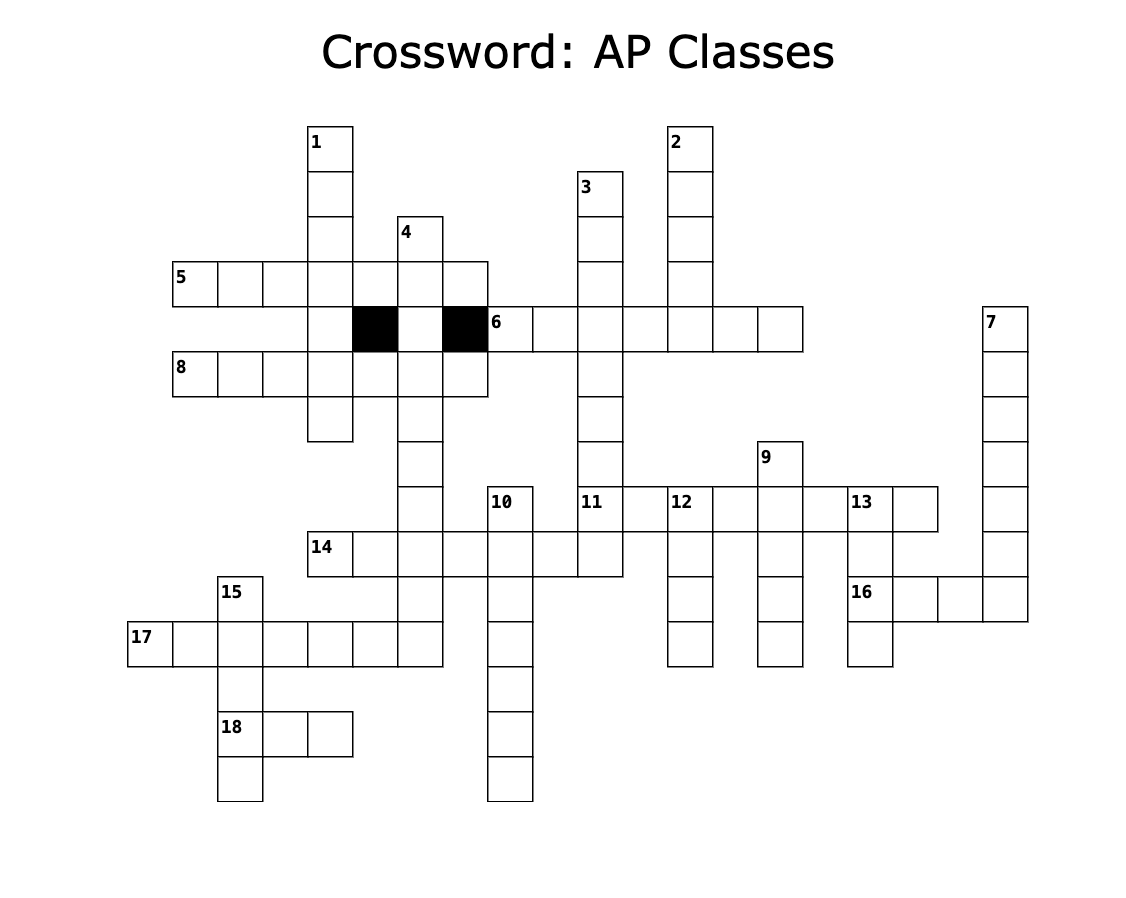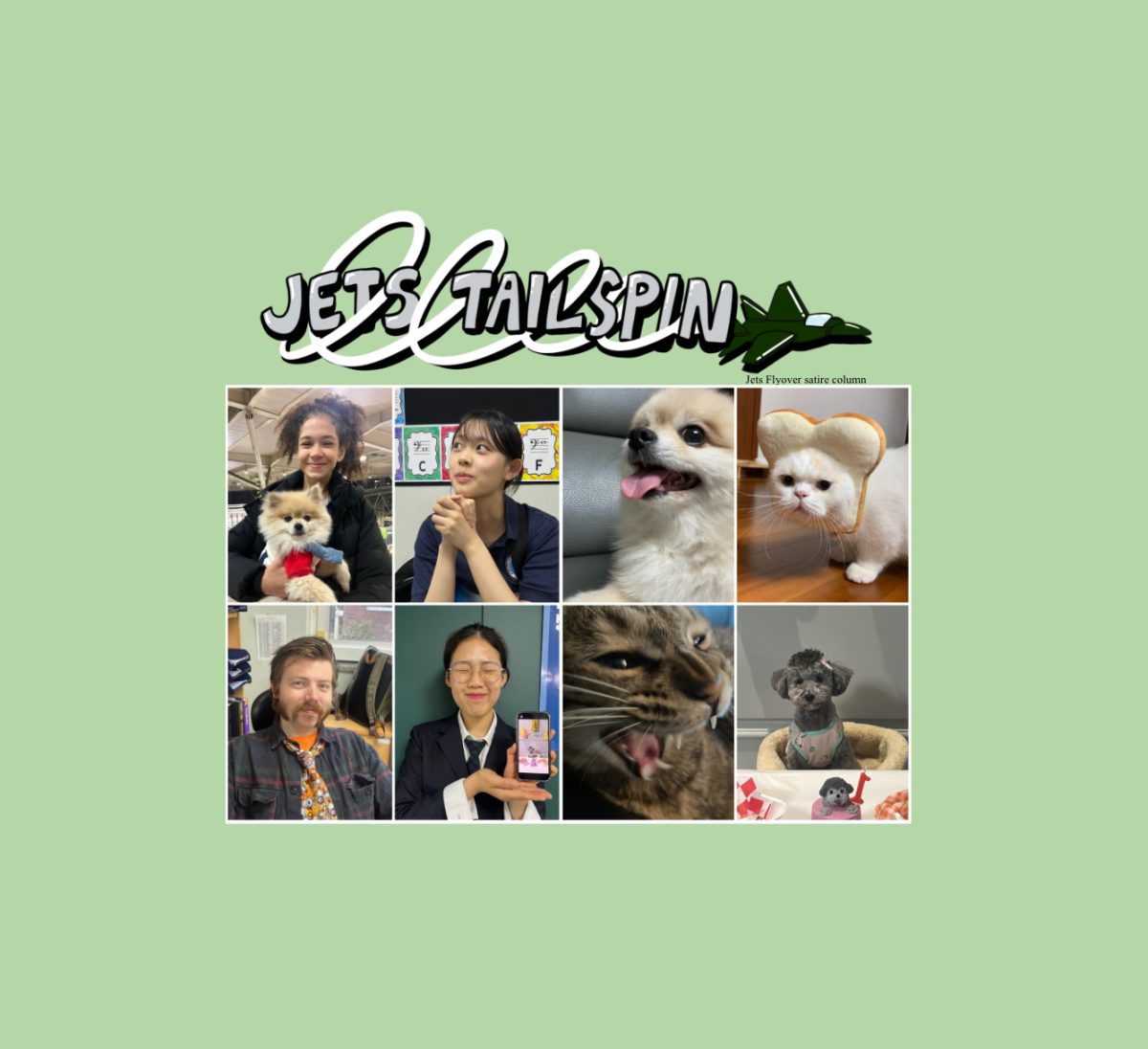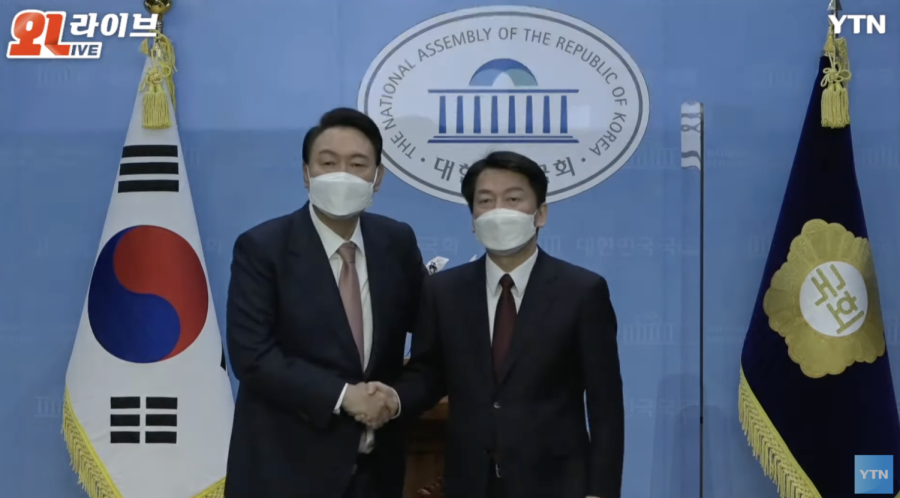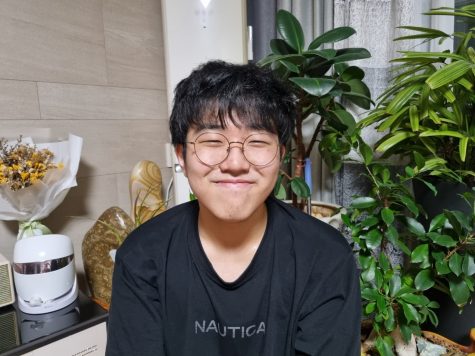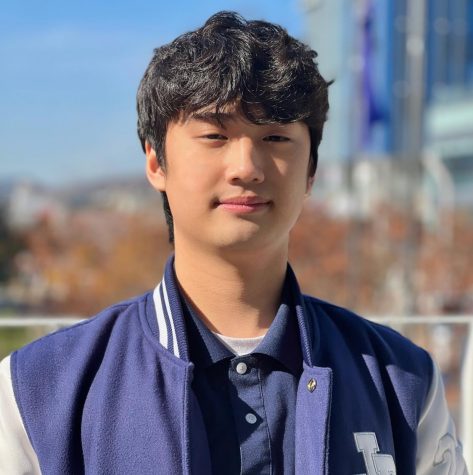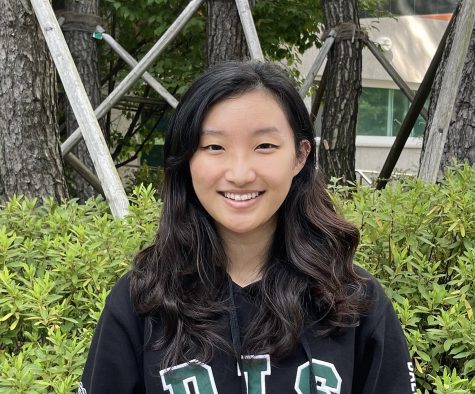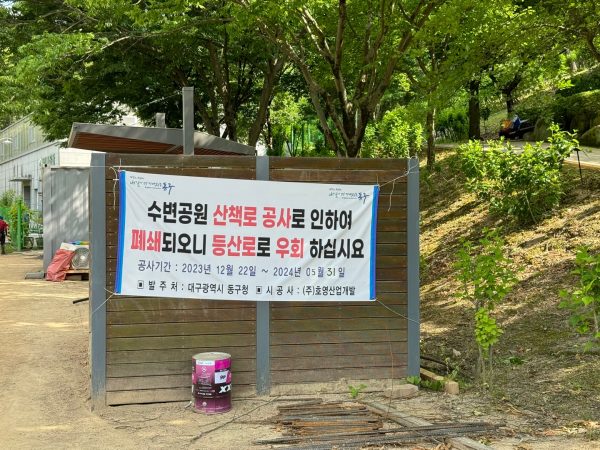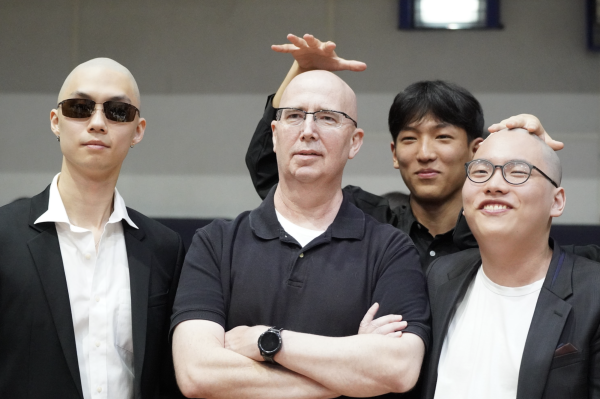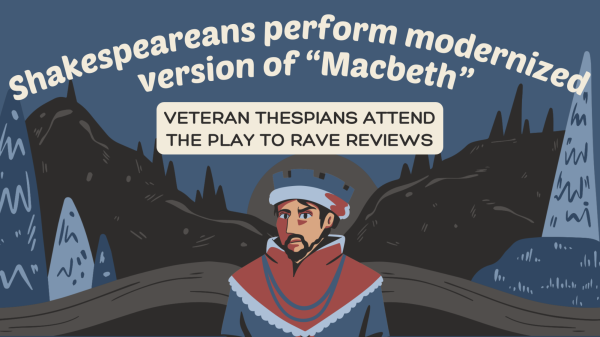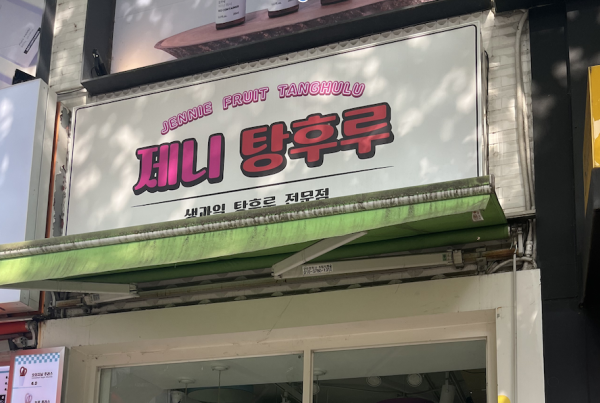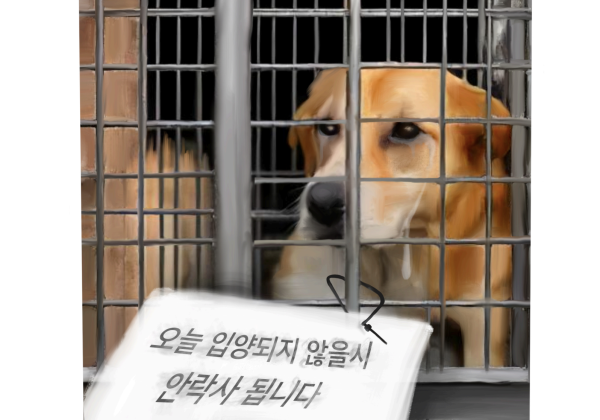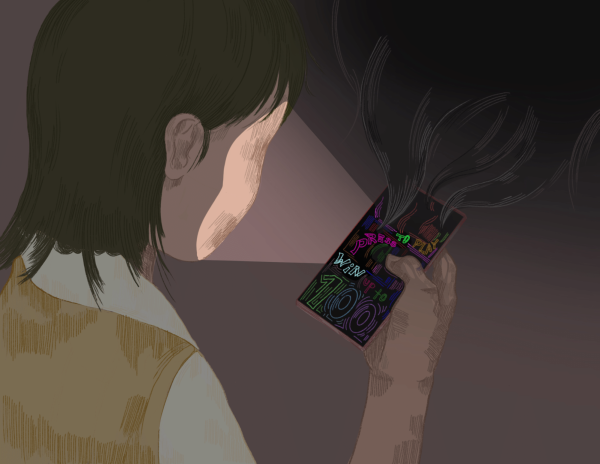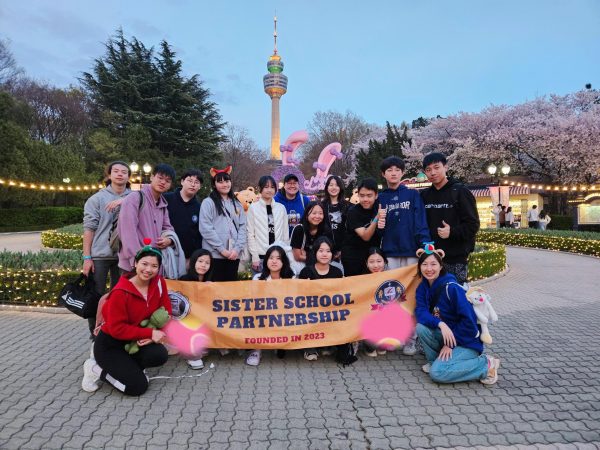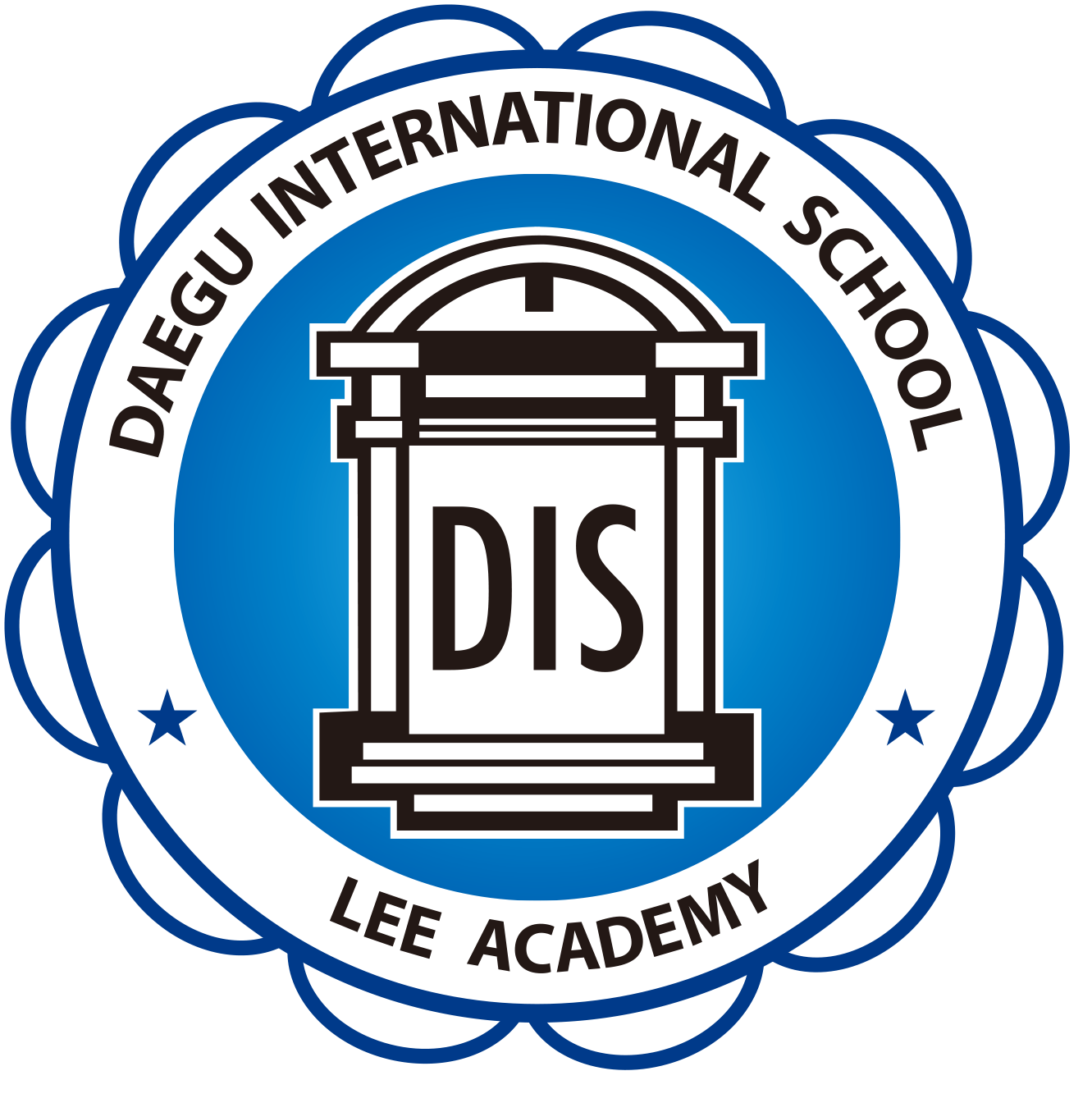Yoon Joins Hands with Ahn to Take the Election
Ahn’s coalition with Yoon brings PPP back to the Blue House in just five years
Ahn and Yoon joined forces a week before the election, which ultimately served as the final balance breaker between Yoon and Lee. Courtesy of YTN.
March 17, 2022
The biggest election in the Republic of Korea, the presidential election, came to a conclusion on the 9th of March, as the People’s Power Party just barely reclaimed the Blue House back from the Democratic Party in just one administration.
On the 9th, every major and minor broadcast in Korea live-streamed the real-time ballot counting, which lasted for hours. Initially, candidate Lee Jae-myung of the Democratic Party pulled a considerable lead of about 200,000 votes. However, around midnight, candidate Yoon Seok-youl of the PPP turned the table around and began to build a lead for himself, which Lee never caught up to.
In the most participated presidential election in the history of the country, Yoon was elected by a very close 48.6 percent to 47.8 percent—the closest race Korea has ever had.
While there were many factors that contributed to candidate Yoon’s victory–such as his election promises and the craving for a regime change in Korea–the coalition of ex-candidate Ahn Cheol-soo of the People’s Party and candidate Yoon was the final contributor to the last-minute change in the voting chart.
The two parties were actually in talks for coalition for quite some time. However, despite the lengthy discussions, the parties announced that negotiation for coalition broke down on February 27th. Just four days later, however, Ahn and Yoon re-announced that they would be merging their candidacies, leaving many people surprised.
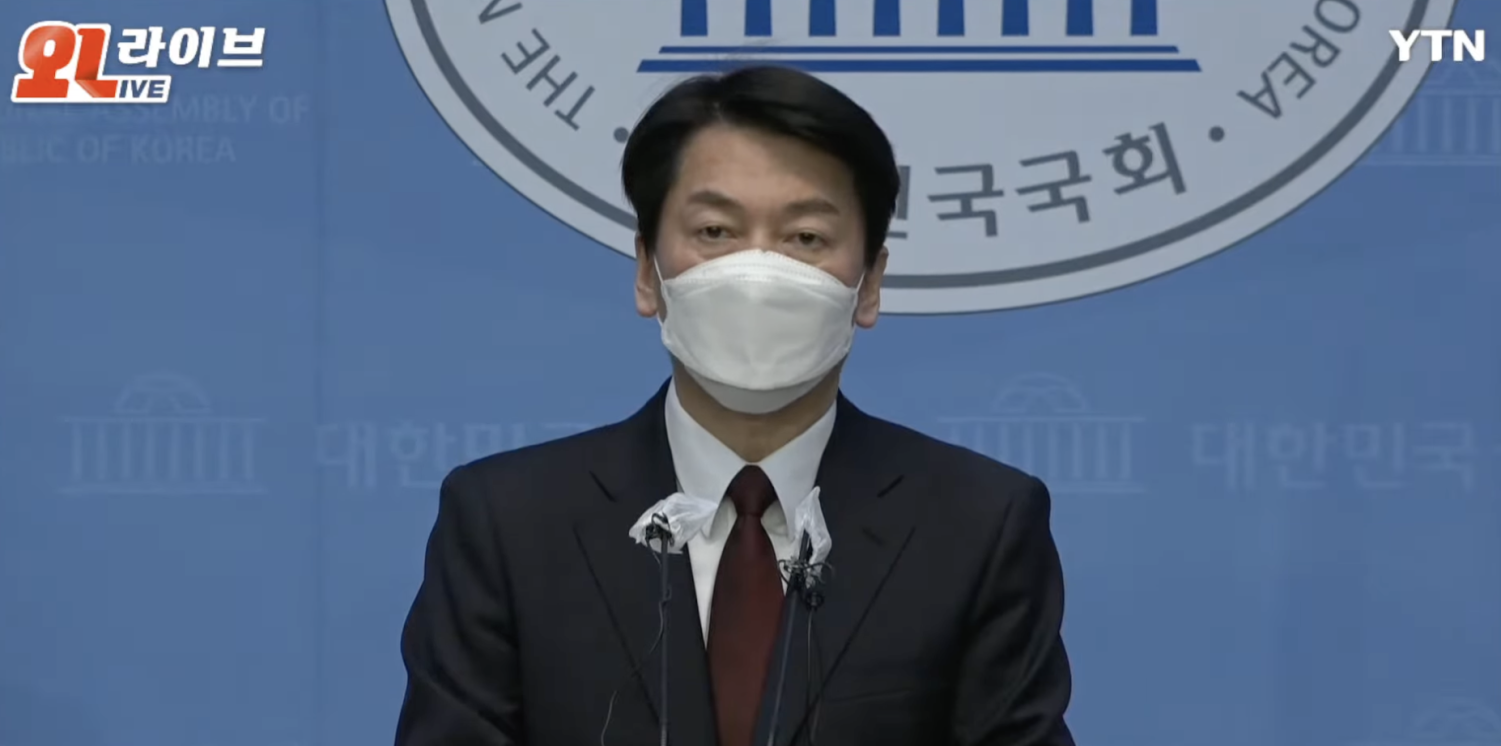
(image: Cheol-soo Ahn of the People’s Party reads the unification statement on the 3rd. Courtesy of YTN)
From the speech, it could be inferred that Ahn was inspired to proceed with the unification for the sake of a proper change in regime. Ahn took some shots at Moon’s administration, claiming that “By working together, the government operation that had been dotted with double-standard, injustice, lies and hypocrisy will be normalized.”
He thoroughly described what the reformed government would look like in the speech. In that, Ahn conveyed that through cooperation, the two parties will create a “National Unity Government”, which, at the same time, be a “futuristic government”, a “reformist government”, and a “quarantining government”.
At the end of the speech, Ahn set their unification in stone by stating that he would be supporting candidate Yoon moving forward, and that the People’s Party and People’s Power Party would carry on with the coalition as soon as the election finished. Ahn also announced that “there will be no more polarizing politics”, reassuring his supporters who strongly opposed the unification of two parties.
The merger’s impact on the political scene was massive. For one, many of Ahn’s supporters were skeptical: a large chunk of Ahn’s supporters were in support of him and his party because they didn’t want to vote for either of the major candidates, and claimed that they were “betrayed” by Ahn’s empty promises.
Lee and the Democratic Party saw this move as bad news for their own campaign, as Ahn was the third most popular candidate after all. A few hours after the announcement of the coalition, the Democratic Party held an emergency meeting discussing their future plans for the race.
Yoon’s supporters welcomed Ahn, and hoped that the coalition would help Yoon build a large lead ahead of Lee in the number of supporters.
The Yoon-Ahn alliance proved to be a success in the end: just before the ballot papers were opened, the three biggest broadcasting companies in Korea, KBS, MBC, and SBS, released the exit polls at 7:30 PM, predicting a close victory of just 0.6% for Yoon. Ultimately, the polls turned out to be incredibly accurate, being just 0.2% off from the actual results, accurately representing Yoon’s victory.
During the opening of ballot papers, broadcasts made use of graphics to visually represent the difference between the candidates’ real-time votes. For instance, SBS, one of the three major broadcasting companies in Korea, made a parody animation of the movie Mad Max–”질주자들: 청와대로 간다”–where candidates Lee and Yoon literally raced for office on motorcycles and cars. Channels showed off their creativity, using ball pits, speed skating, hockey, and dancing to symbolize the gap, making the live stream enjoyable to even those who are not highly interested in politics.

Because the race was so much closer than expected, many people are inevitably pointing at the merge as the reason for Yoon’s win, wondering how the race would’ve ended without the coalition. Indeed, many agree that Lee would’ve won the election if Ahn’s supporters never joined forces with Yoon’s.
So far, it seems like Yoon is keeping up with his promises about cooperating with Ahn and his party. He appointed Ahn as the head of the 20th Presidential Transition Committee, leaving the third-party candidate’s supporters somewhat satisfied.
Yoon has a tough road ahead of him, with an iota of issues to respond to: including low birthrate, pandemic shock, national security, sky-high housing prices, and other brazen and divisive election promises, such as abolishing the Ministry of Gender Equality and Family. Hopefully, he and Ahn will be able to cooperate to do good for the people, and furthermore, the nation.

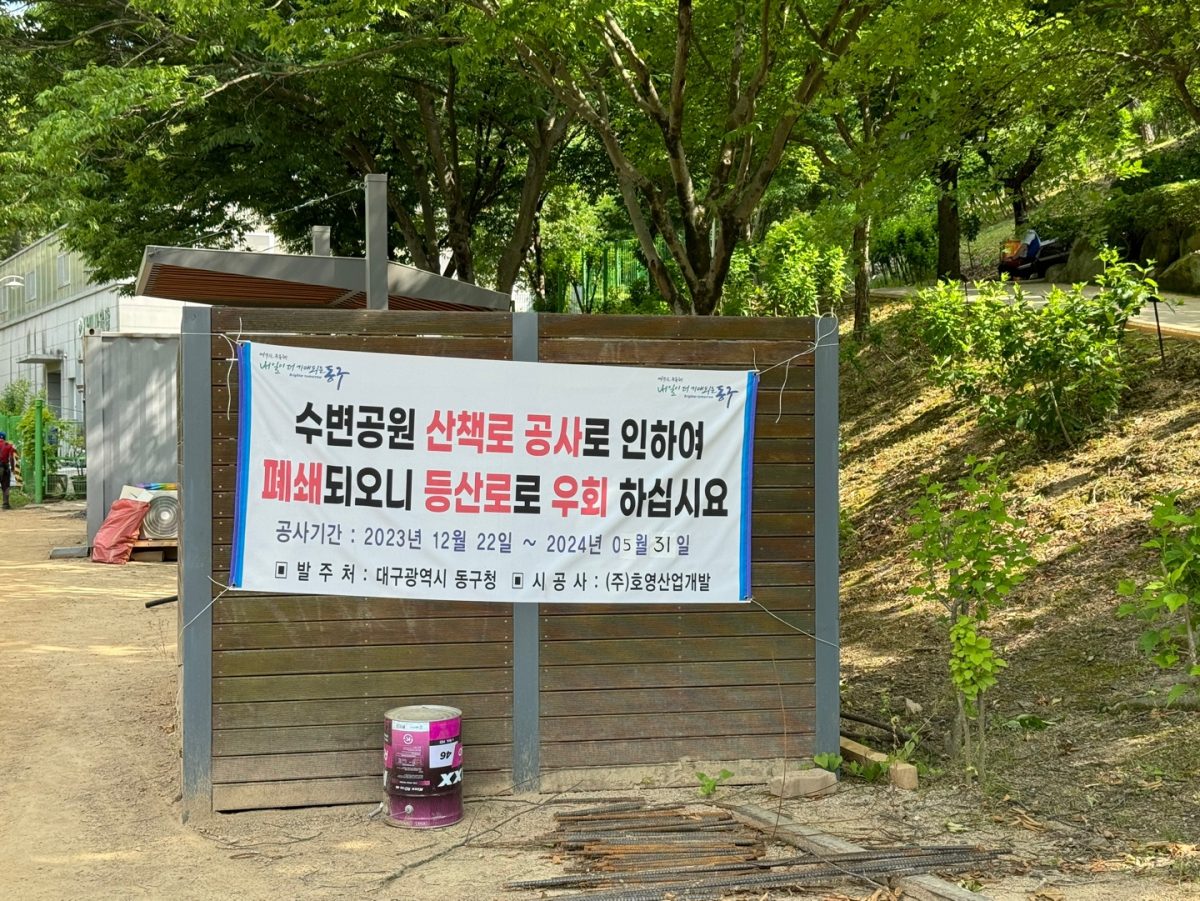
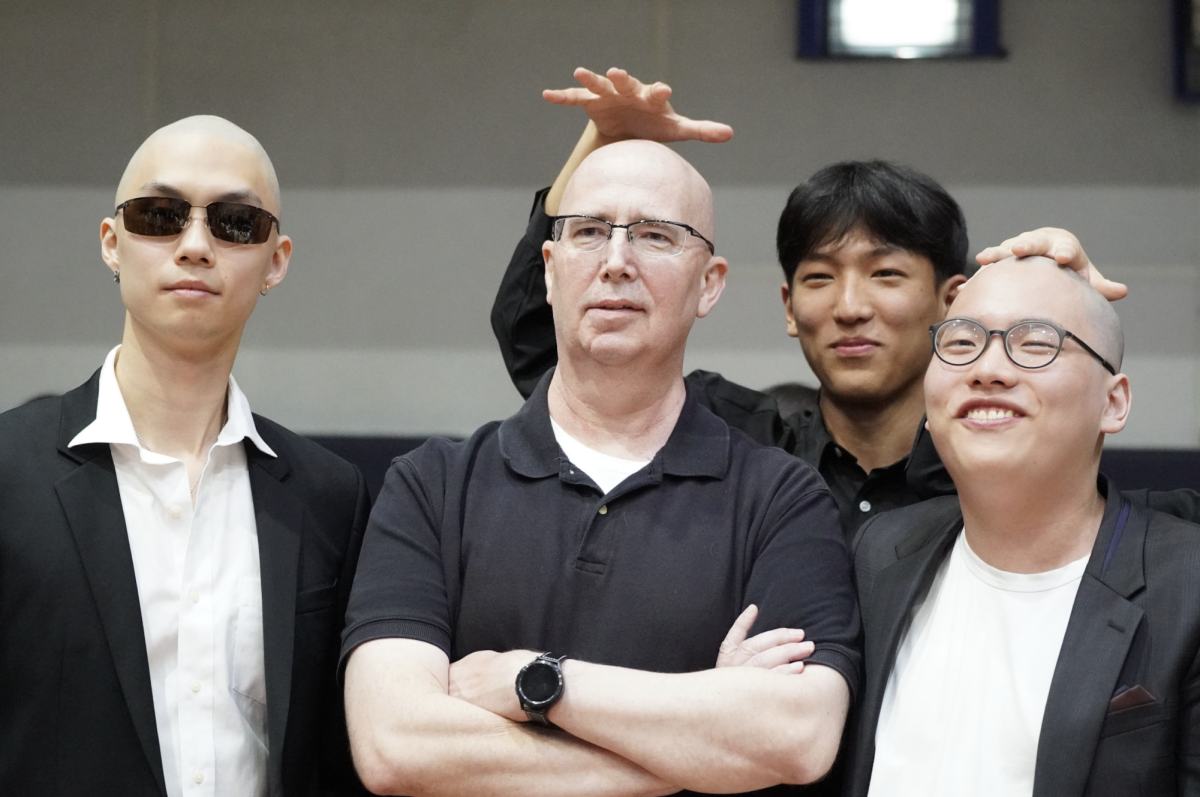


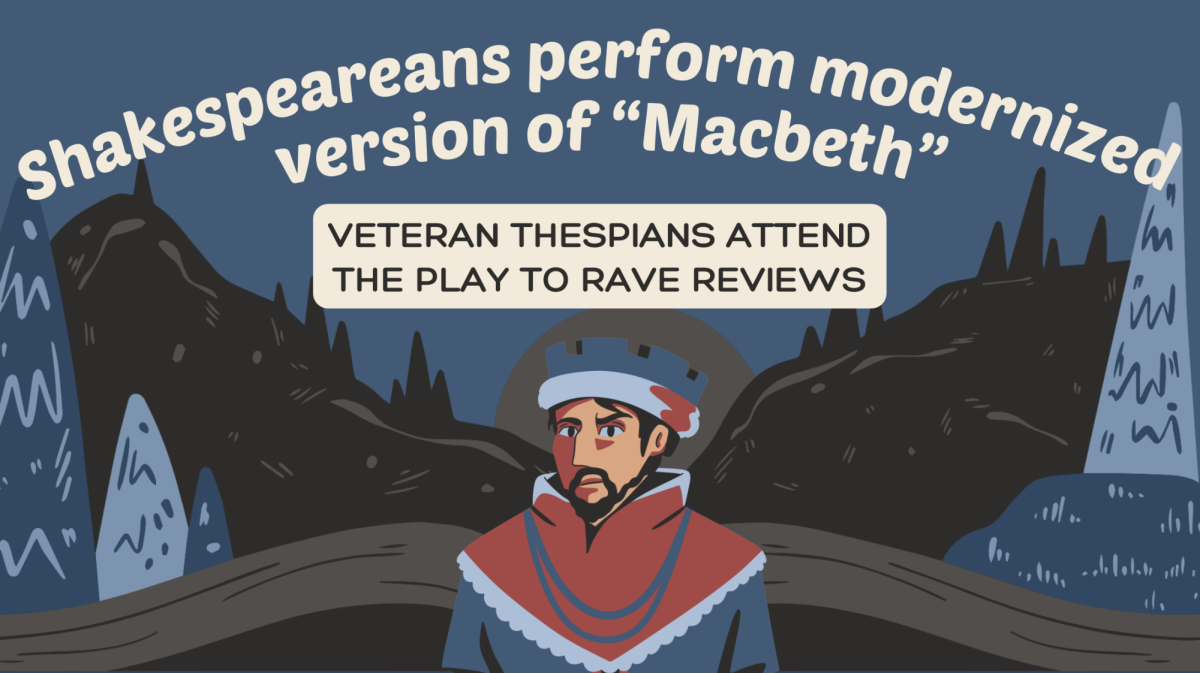

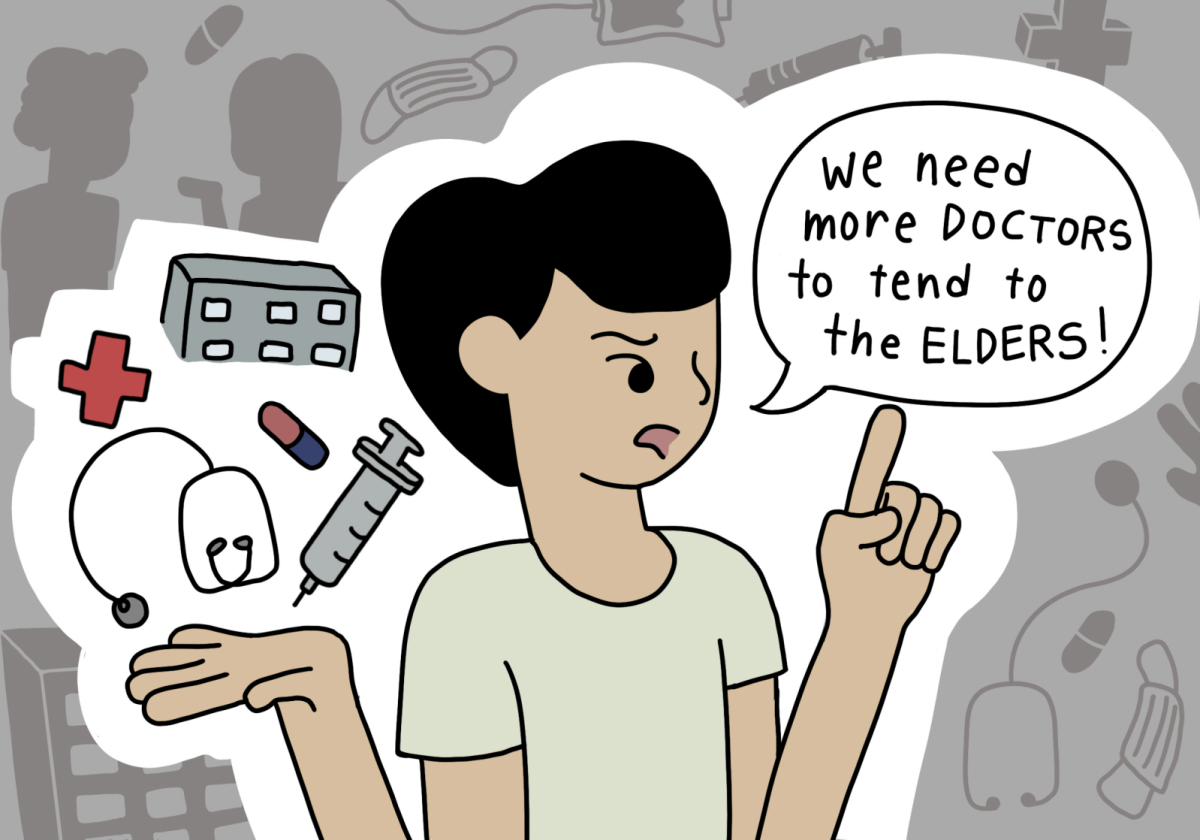
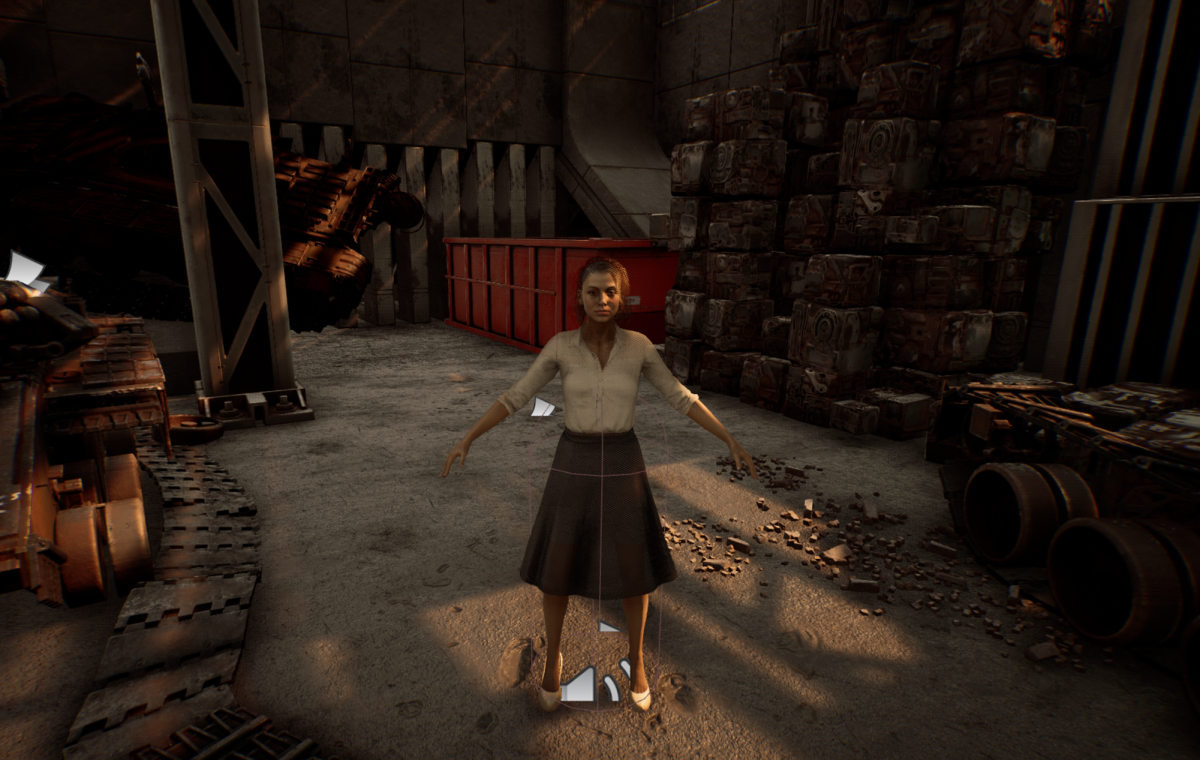



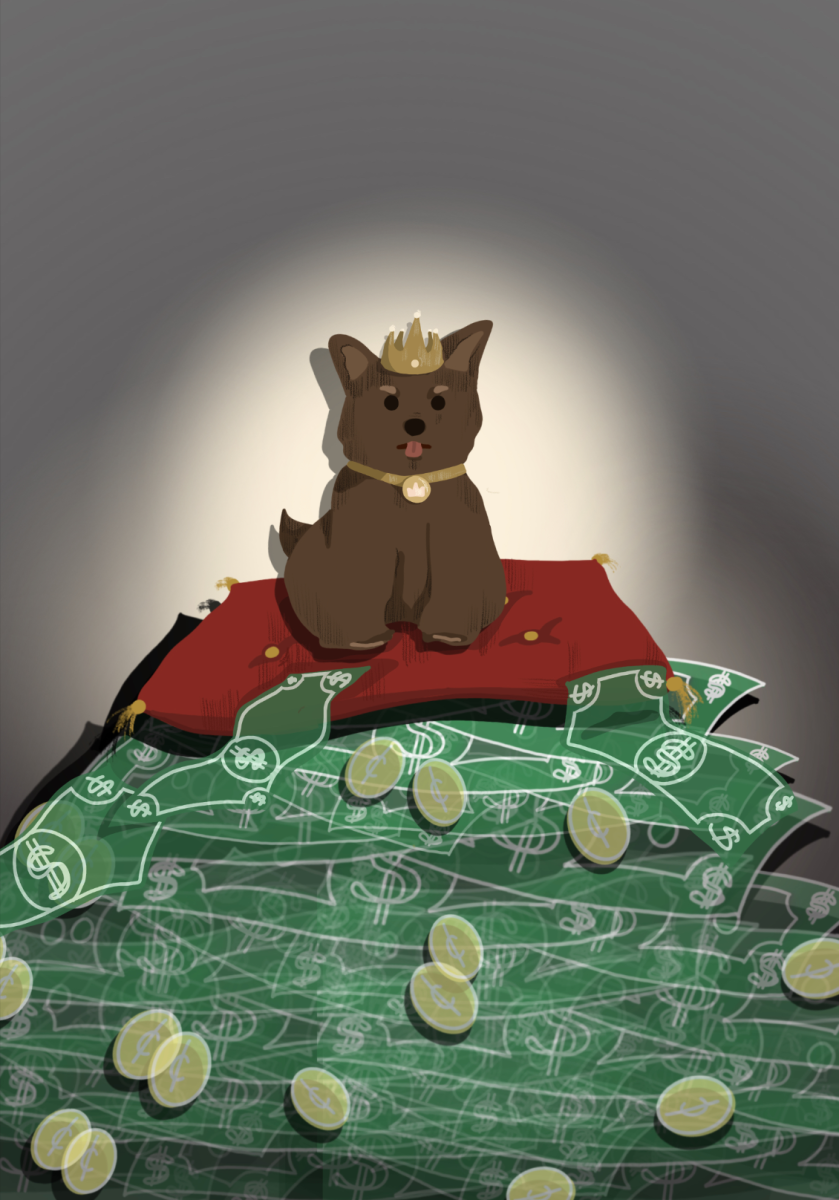







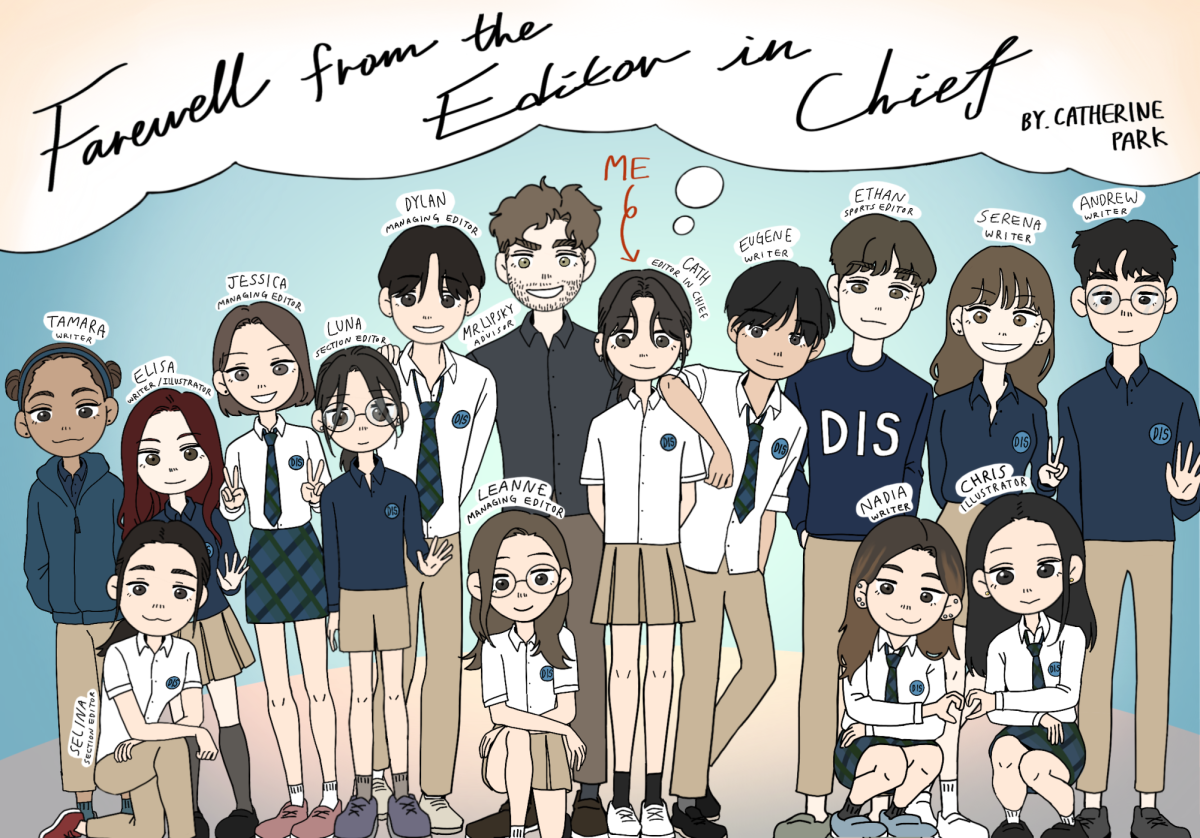
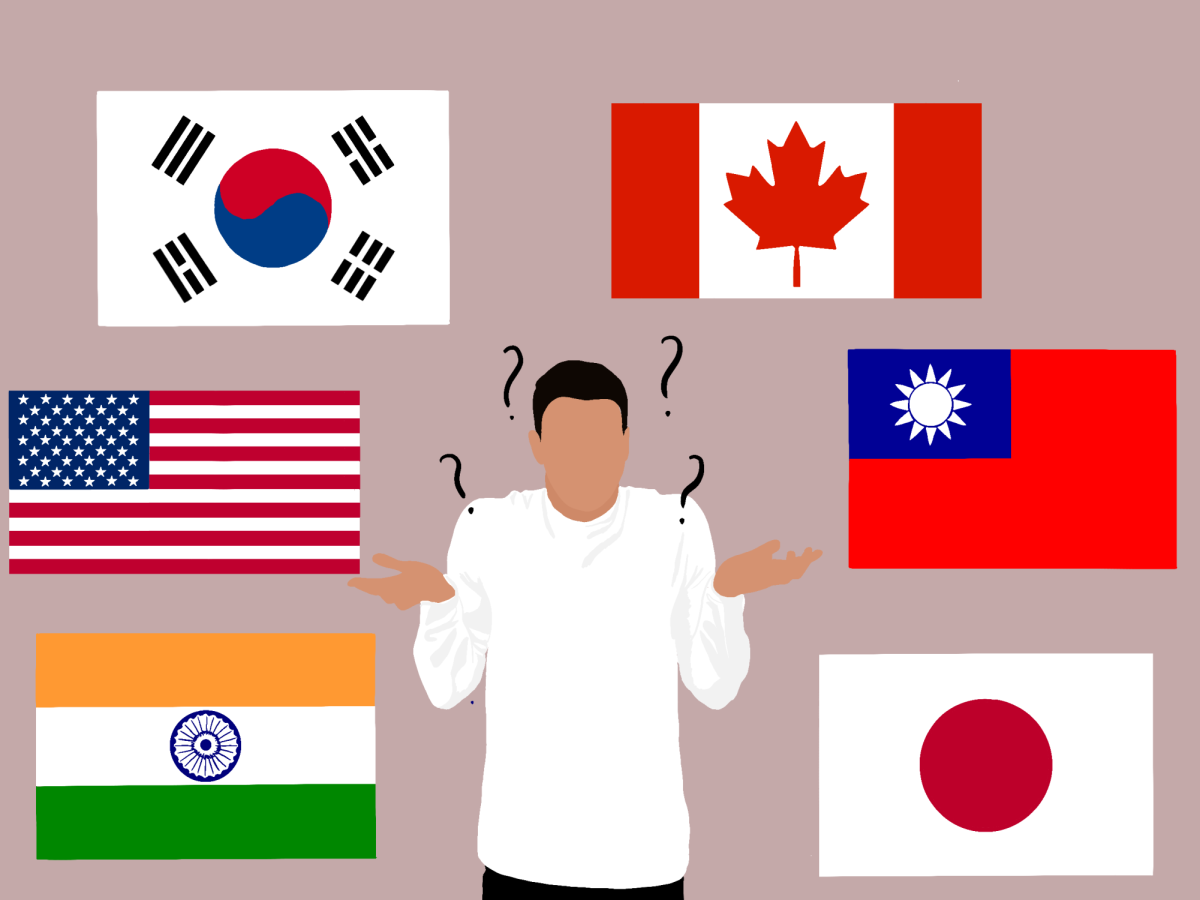
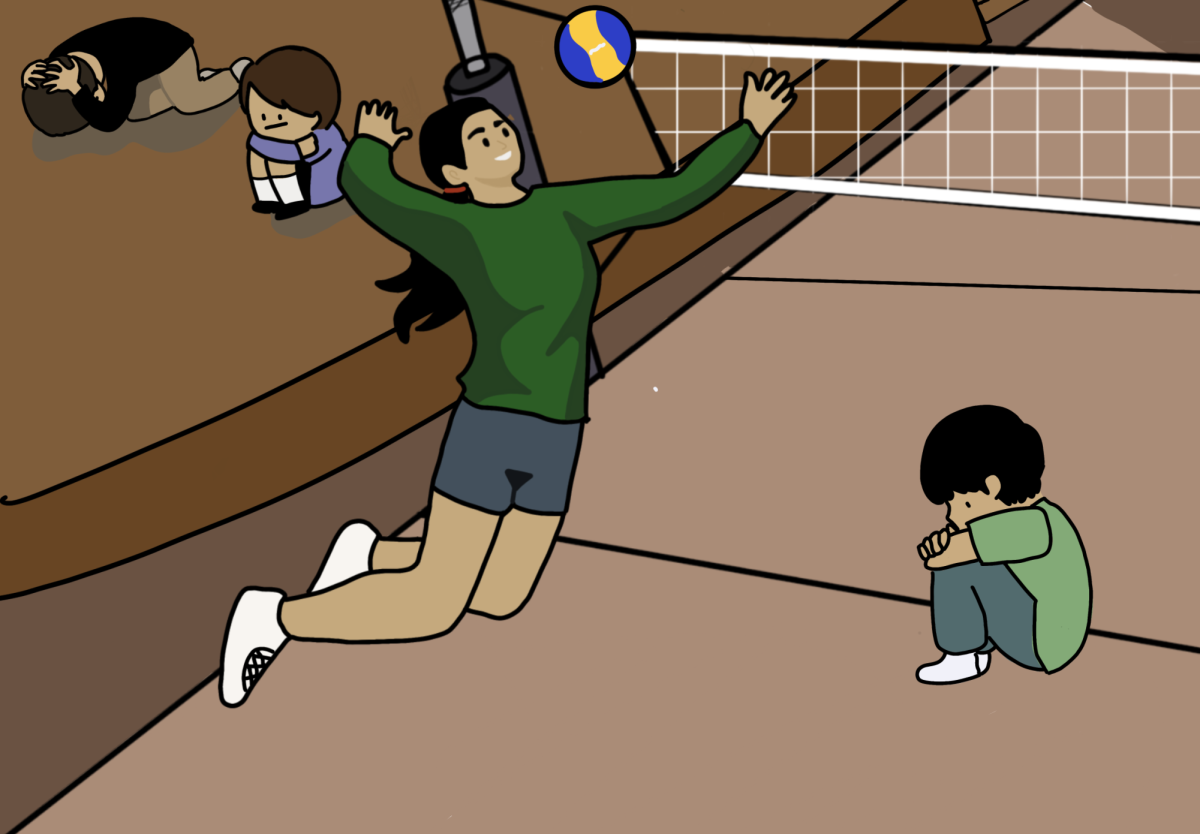
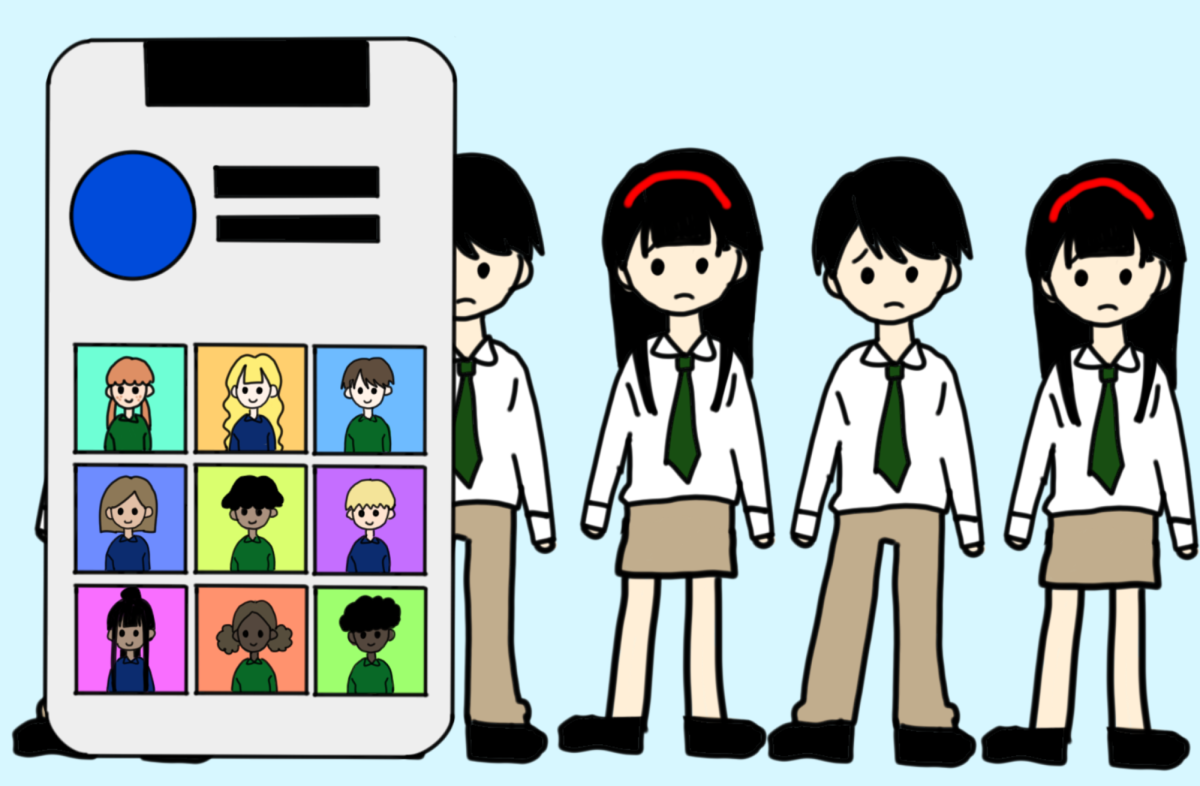
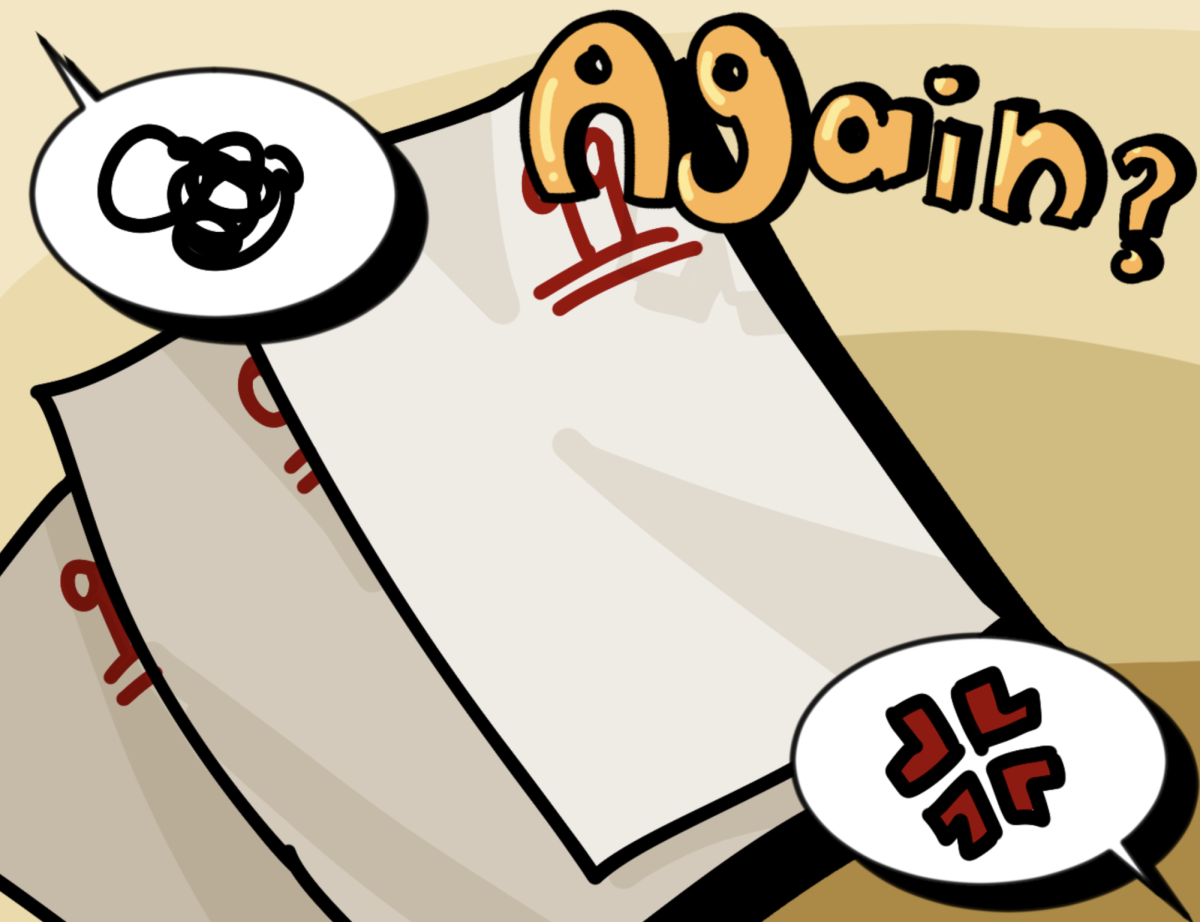
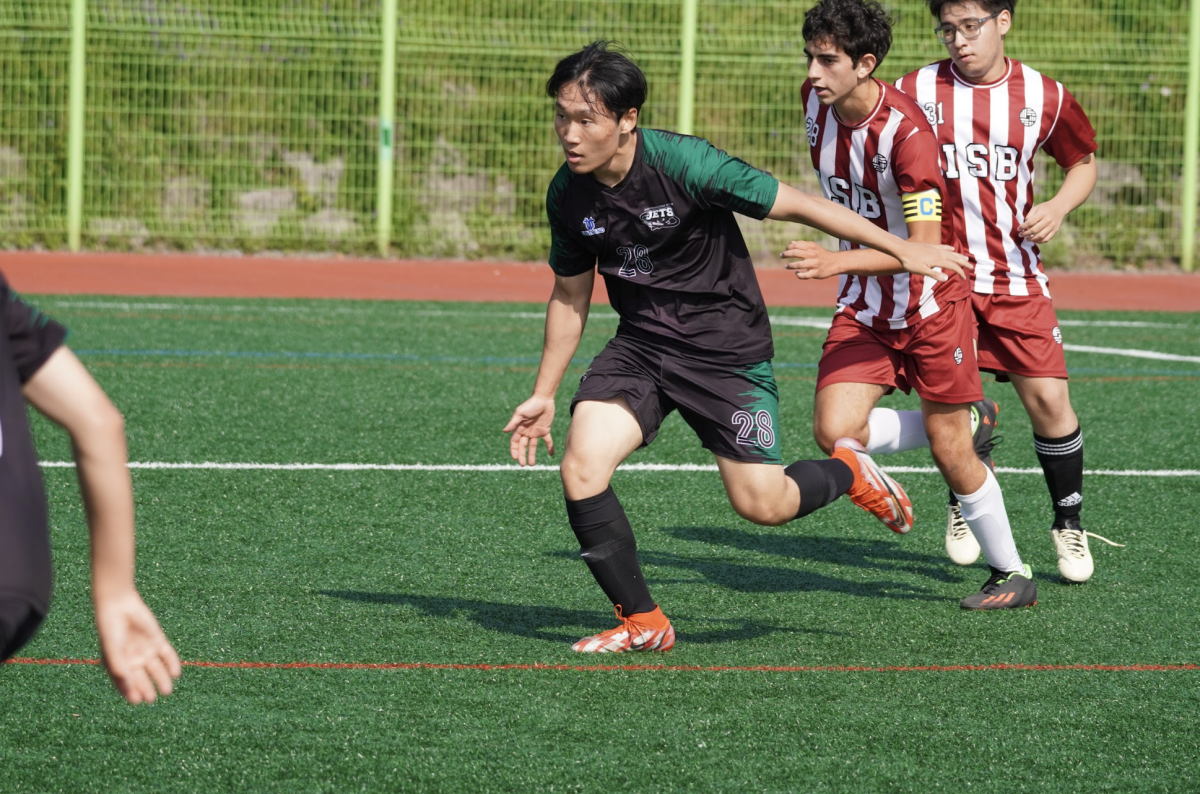
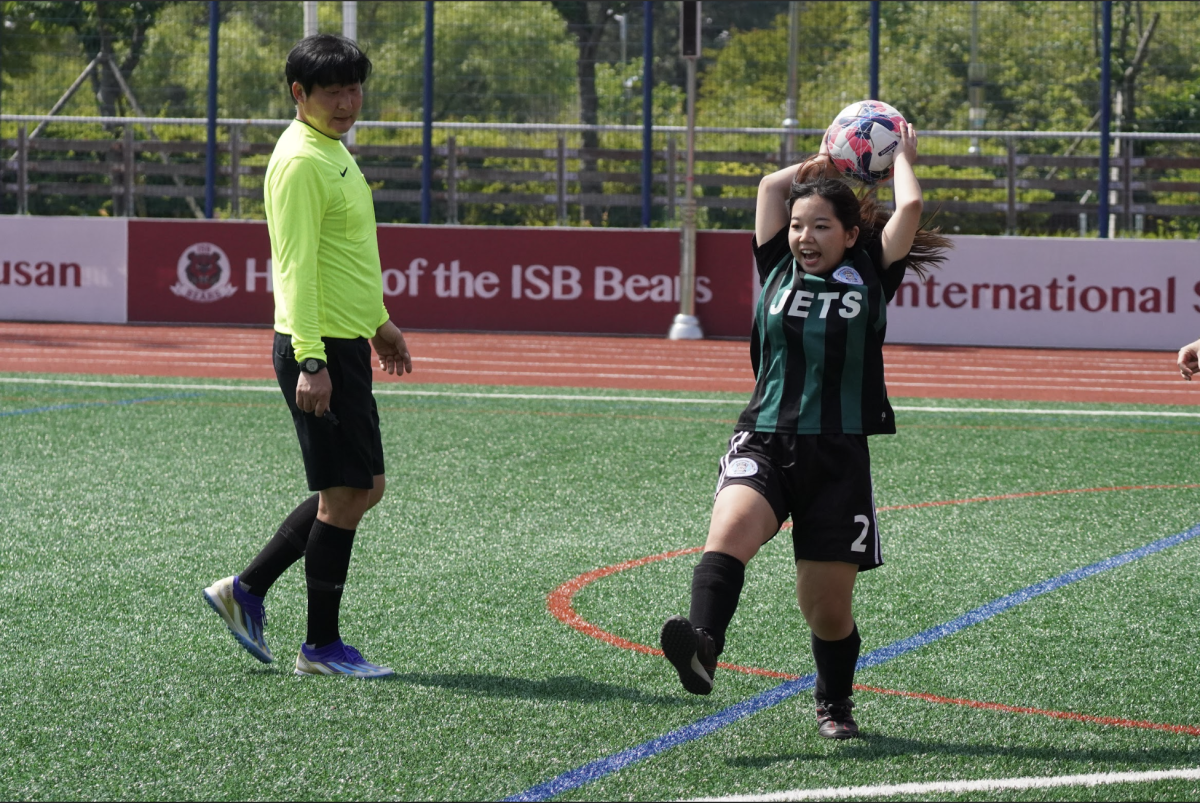
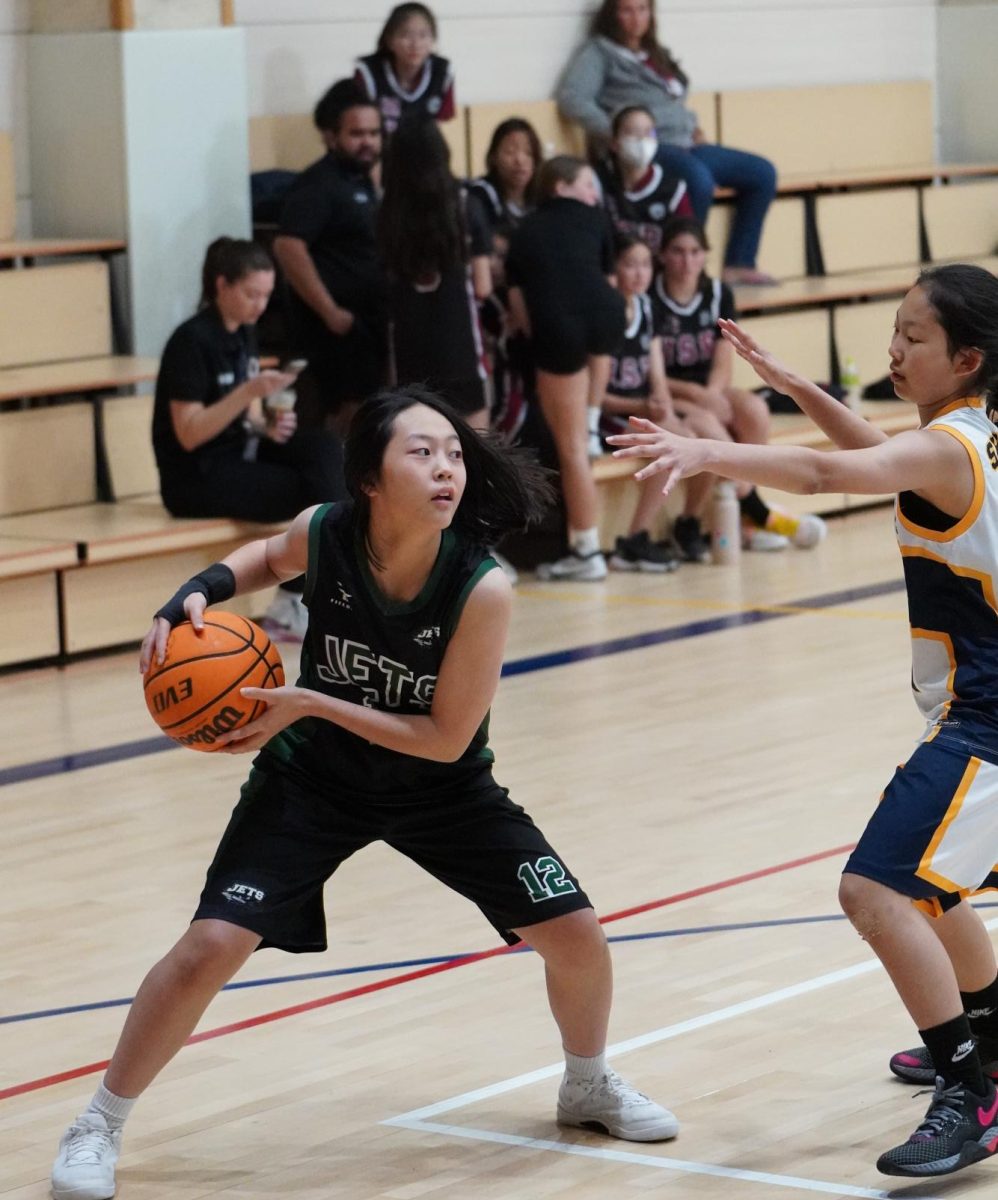



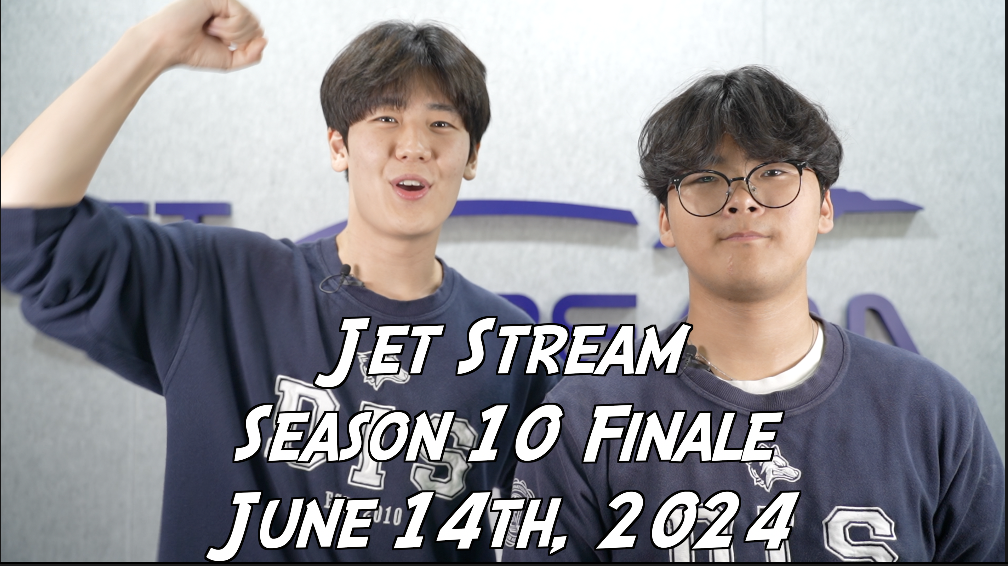
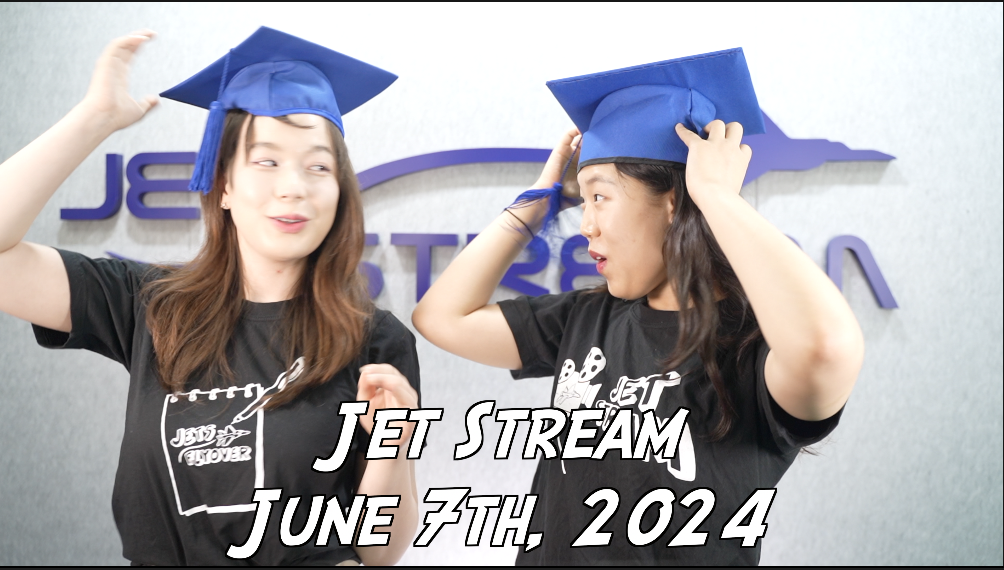
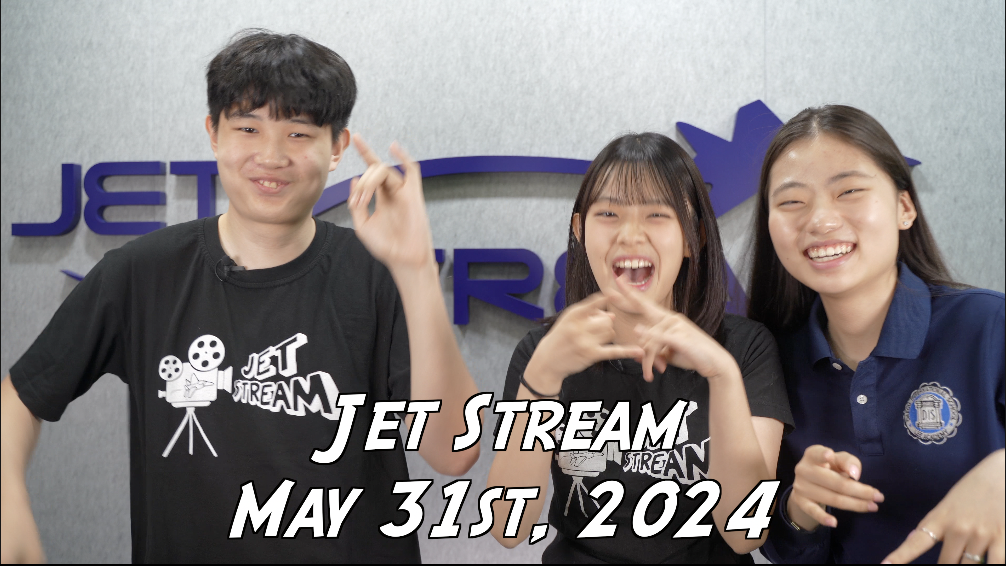

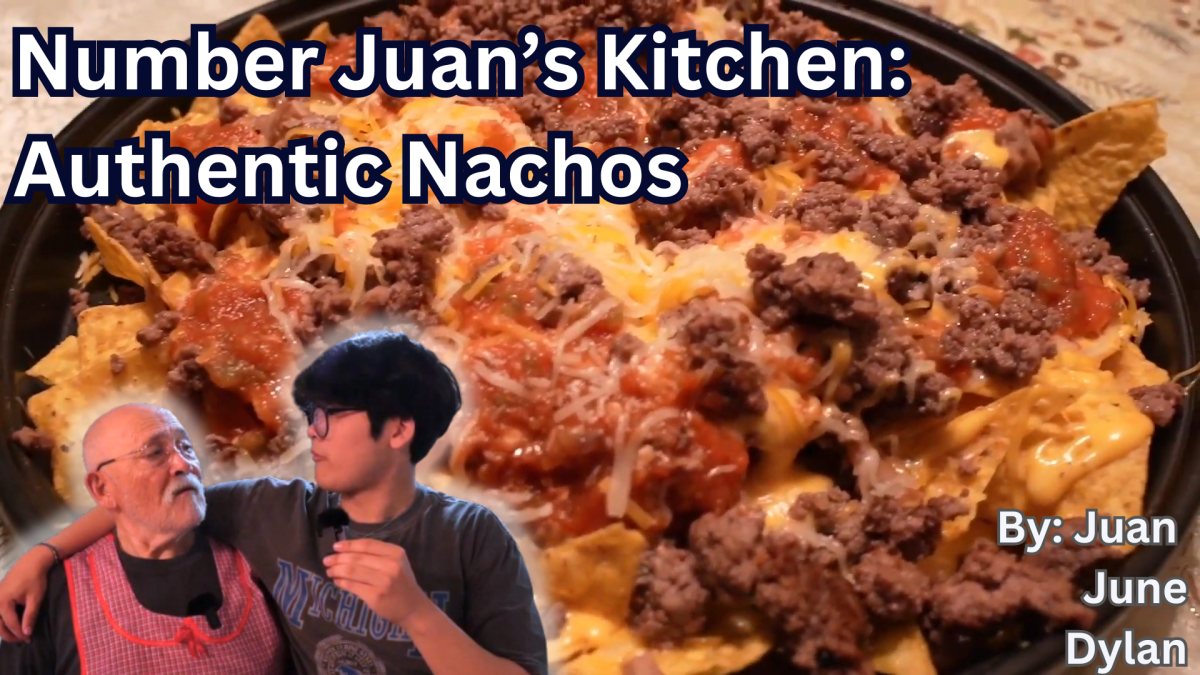
![[Podcast] Bet on Bonnie Episode 2: Sophie Lee](https://jetsflyover.com/wp-content/uploads/2024/05/jbspodcasts-1200x951.png)
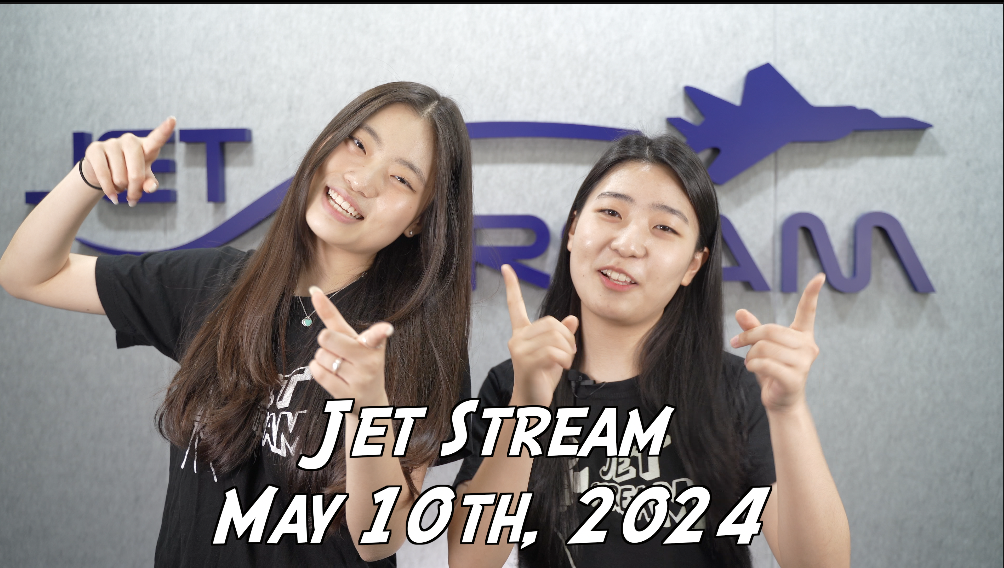
![[Podcast] Jets Jukebox Episode 1: Bleachers, Self-Titled](https://jetsflyover.com/wp-content/uploads/2024/04/Jets-Jukebox-LOGO-1-1200x1200.png)
![[Podcast] Eco-Lution Episode 3: Freshmen explore alternatives to paper straws](https://jetsflyover.com/wp-content/uploads/2024/03/Ecolution_Podcast_Logo-1200x1200.png)



